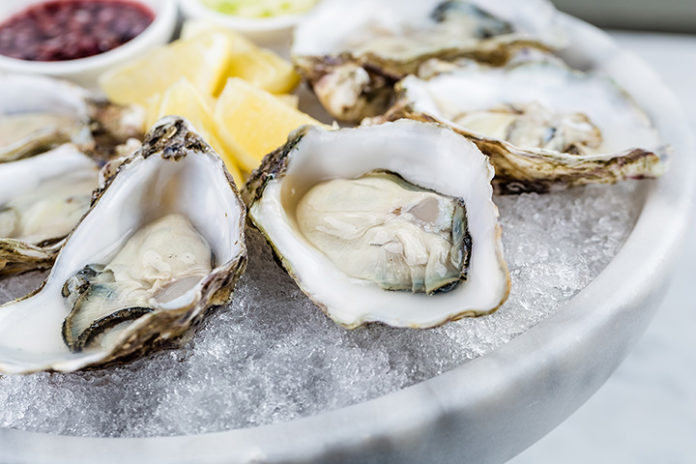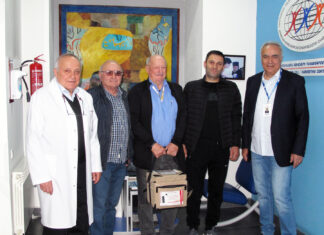NEW LONDON, Conn. (The Times) — There’s more to oysters than slurping them off a shell with a drop or two of cocktail sauce.
The incredible, edible oyster has ties to the region that go back to American Indians who harvested oysters by hand with rakes made of branches. Today, inventive oyster farmers are tending to new hatcheries in Noank.
All things oyster are on view in an exhibit at the Custom House Maritime Museum called “The Awesome Oyster.”
“People were so crazy about oysters,” said Susan Tamulevich, executive director of the Custom House, who put the oyster exhibit together.
Oysters were so abundant in the region that the first Europeans plucked them out of the water like berries, according to explanatory text in the show. But by the mid-1700s, the oyster supply was nearly depleted and, in 1750, the state legislature gave shoreline towns the authority to regulate oystering.
Oysters were packed in metal cans and shipped by wagon, steamboat, and rail. Chicago celebrated its first shipment of oysters in 1848. The peak of the oyster industry was late in the 19th century, but misguided fears of catching typhoid fever or malaria from oysters nearly killed the industry. After 1902, oyster consumption fell off dramatically.










